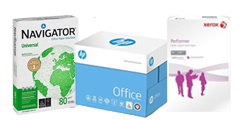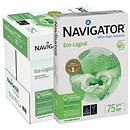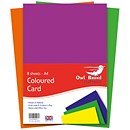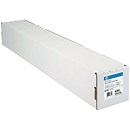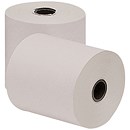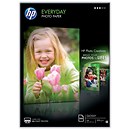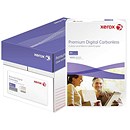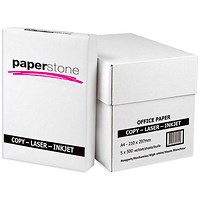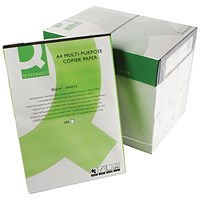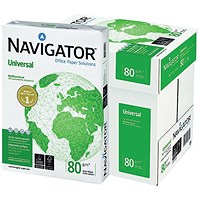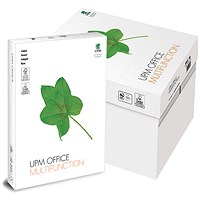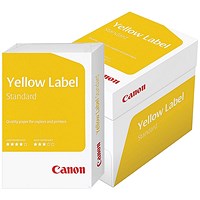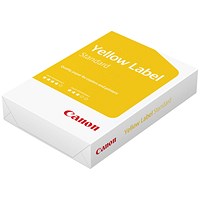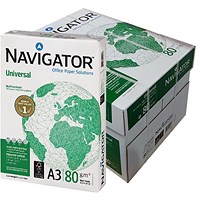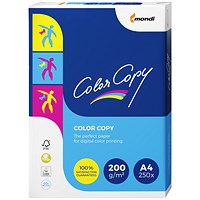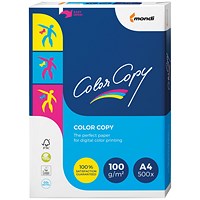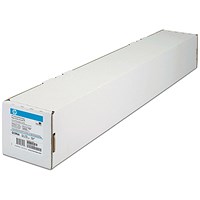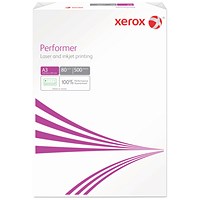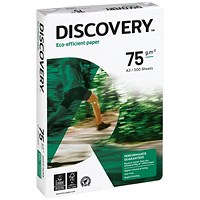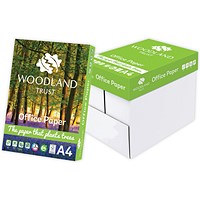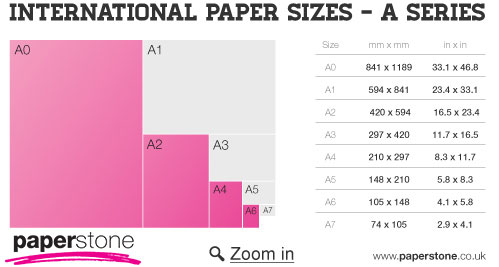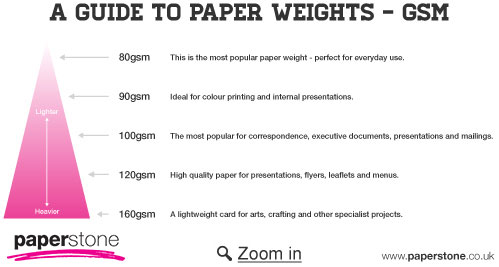Our Guide to Paper Sizes and Weights
The number of office paper products is daunting and it is often hard to tell the difference between two products, apart from the branding and packaging. But there are important differences between types of paper that can affect the quality of your print-outs. This guide is meant to make choosing the right paper for your office easier.
Choosing the right office paper
Certain types of paper – e.g.photo, listing, business card paper – have specialist uses which are explained in the relevant sections. But the most important differences between everyday, office types of paper are size (A4, etc), colour, weight (GSM) and printer type. Most plain paper will probably work in different types of printer, but this can’t be guaranteed and the quality of the print-outs will vary significantly. Economy paper is fine for printing internal communications or for the fax or photocopier. But better quality paper will produce better printing results.
Size (A1, A2, A3, A4, etc)
Paper size is normally measured to an international standard known as ISO 216: A3, A4, A5, B4, B5 and so on. These sizes all have the same aspect ratio: 1:√2. A4 is by far the most common and this is the default size for most office and home printers. A3 is twice the size of A4 and tends to be used more for posters or presentations.
Colour
As well as coloured paper, white paper is sometimes graded by its whiteness. The higher the number, the whiter the sheet.
Weight (gsm)
The weight of paper is measured in gsm (grams per square metre). Effectively, this is the thickness of the paper: the higher the GSM, the thicker the paper. Most printing paper has a gsm between 60 and 120. 80gsm is standard. Anything from 160gsm is considered card. GSM is a good guide to quality. 60gsm paper will seem flimsy and see-through compared to 100gsm weight or 120gsm weight paper.
Printer type
Different paper types are suited to different types of printer. The key difference is that between copy or laser paper and inkjet paper. Copy and laser paper needs to run smoothly through machines and have good dimensional stability (i.e. consistent thickness, no warping). When it comes to inkjet printers, for high-quality prints, an even porosity is required throughout the paper so that the ink doesn’t spread too much. In most cases, different types of paper work in different printers. However, printing quality can be compromised. For the best results, use inkjet paper for inkjet printers, speed paper for high-volume printing, and so on.
Looking after paper
- Keep away from damp. Paper is designed with a specific moisture level which will be compromised by wet. Damp paper jams printers.
- Sunlight and heat can warp paper, again causing printer jamming.
- Keep paper in the packaging it arrives in – the ream packaging and the boxes – to protect from bumps and knocks that will misshape your paper. Boxes and reams will also prevent absorption of moisture.
Paper Types
Opacity
Opacity is the property of paper that describes the amount of light which is transmitted through it. Paper that has a high opacity does not let much light pass through it; paper that has a low opacity is more translucent and allows lots of light to pass through it.
High Quality Specialist paper
Bond Paper
Bond paper is a strong, high-quality and durable paper. It was originally used for creating government bonds but is now used for letterheads and stationery.
Gloss Coated Paper
Gloss coated paper is typically used for photographic printing where a high-quality finish is needed.
Matt Coated Paper
Matt coated paper is good for printing photographic cards and invitations.
Recycled Paper
If you want to be a greener business and kinder to the environment, choose a recycled paper. Many of our recycled papers are produced from 100% recovered fibre and are FSC® accredited.
Silk Coated Paper
Silk coated paper has a special double-sided surface coating for brilliant colour reproduction and an elegant, silky finish. It’s suitable for printing important brochures, photographs, manual covers, menus and high-quality direct mail.
Uncoated Paper
Uncoated paper provides a super smooth finish and ensures brilliant colour contrast.
Watermarked Paper
A watermark is an identifying image or pattern in paper that appears as various shades of lightness/darkness when viewed by transmitted light (or when viewed by reflected light, atop a dark background), caused by thickness or density variations in the paper.
Bright White Paper
Paper that is bright white in colour. Brightness of paper is managed on a scale, Commission Internationale de L’eclairage (CIE). Paperstone stock bright white paper that is rated 169 on the CIE scale.
Card Stock
Card stock is thicker paper, or card typically used for printing business cards, postcards and catalogue covers. It offers a higher durability than paper.
Paper Coatings
Paper can be coated in various ways to give different finishes to the paper’s surface e.g. varnish, aqueous and UV. The coating can help create surface gloss, reduce ink absorbency or alter the weight.
Varnish
Varnish paper coating is a clear ink available in gloss, satin or matte. A flood varnish covers the entire printed page for protection or sheen. A spot varnish allows you to highlight specific areas of a printed piece and adds shine and depth to specific elements on the page such as a logo or image.
UV
UV paper coatings are cured by exposure to ultraviolet light to quickly dry and harden the coating. UV coatings provide the highest gloss finish versus other coatings. They might crack when scored or folded due to the thickness and hardness of the coating. UV compatible inks must be used on sheets that will be UV coated.
Aqueous
Aqueous paper coating is a clear, fast-drying water-based coating that is used to protect printed pieces. It creates a high-gloss or matte surface that prevents dirt and fingerprints. Aqueous coating improves the durability of postcards and other direct mailings as they go through the post. It can also protect business cards. It looks great on brochures, catalogue covers, and presentation folders. Due to its water base, aqueous coating is more environmentally friendly than varnish or UV coatings.
Photo Paper
When printing photos on either inkjet or laser printers, it is vital to use the correct photo paper. If you are using an inkjet printer, you should have inkjet photo paper; for a laser printer, use laser photo paper. Most manufacturers, such as HP, Epson and Canon, recommend that you use their photo paper. However, there are also very good alternatives, including 5 Star and Kodak.
As well photo and listing paper, Paperstone stock a wide range of specialist paper, including pre-printed accountancy stationery, business card paper and carbonless paper. See specific sections for more details. We also stock a range of high quality paper by Conqueror.
If you need any help deciding what paper to get for your office, give us a call on 0345 567 4000 – we'll be happy to hear from you. Spend over £50 on office paper to receive FREE next day delivery from Paperstone.
